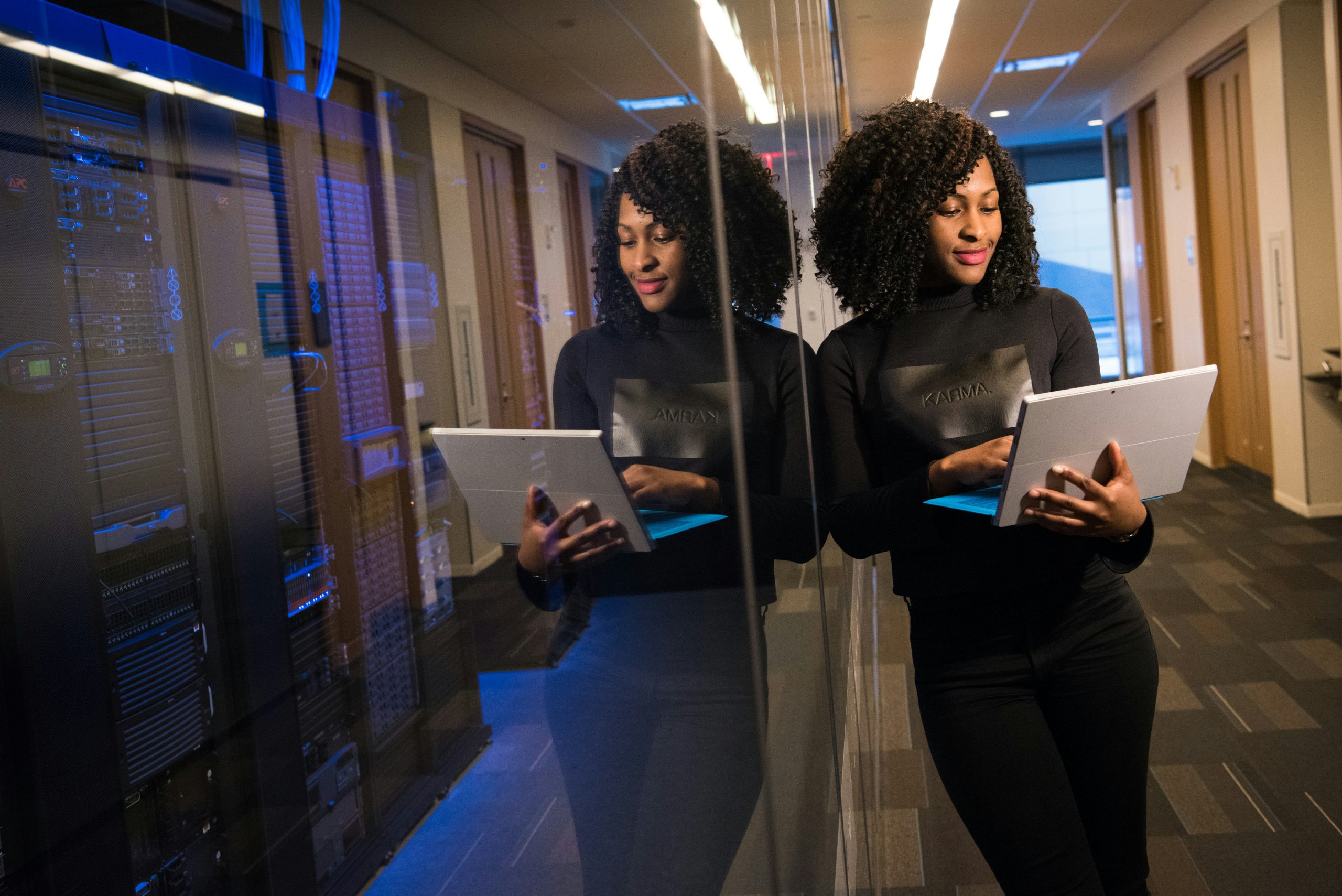A version of this post appeared in the New York Times Magazine, 14 May, 2017.
Farhad Manjoo’s recent New York Times Magazine cover story, Can Facebook Fix Its Own Worst Bug?, begins with an architectural description. Facebook’s MPK20 building has been left purposefully unfinished, a subconscious reminder to its employees “that things are never quite finished, that nothing is permanent, that you should always look for a chance to take an ax to your surroundings.” It made me question which areas within our education system might be served well with a reexamination.
Manjoo goes on to lay out a brief history of the fake news pandemic and some of its proposed cures, from the engineering solutions favored by Facebook to date, to the editorial corrections called for by journalists. My reaction, unfortunately, was not represented in the piece: the solution to Facebook’s News Feed problem rests squarely upon our collective shoulders.
Fake news spreads because users lack the critical thinking and information skills to sort fact from fiction—largely because we do not explicitly teach these in any kind of consistent way. Credo conducted a survey of college students and faculty, and found that while a majority of students express confidence in their ability to evaluate sources, only 16% of faculty agree. We’ve created a fake news test so that you can evaluate your ability to identify fact versus fiction.
The infrastructure to fix what’s broken lies not in Facebook’s News Feed team, but in our educational system: when we teach people to be smart news consumers, the algorithm of any one social media app becomes secondary to the truth itself. Mark Zuckerberg speaks frequently about building connections for a better global society, but his vision loses its luster if those connections are nothing more than a conduit to spread falsehoods and exacerbate existing conflicts.
Empowering individuals amid this global web to discern fact from fiction is a stronger bulwark against viral misinformation. Tinkering with the News Feed algorithm or hiring editors to turn Facebook into a media company are tantamount to rearranging the interior design of Facebook’s MPK20 building. To enact real change, we have to focus our remodeling efforts in the halls of education.







